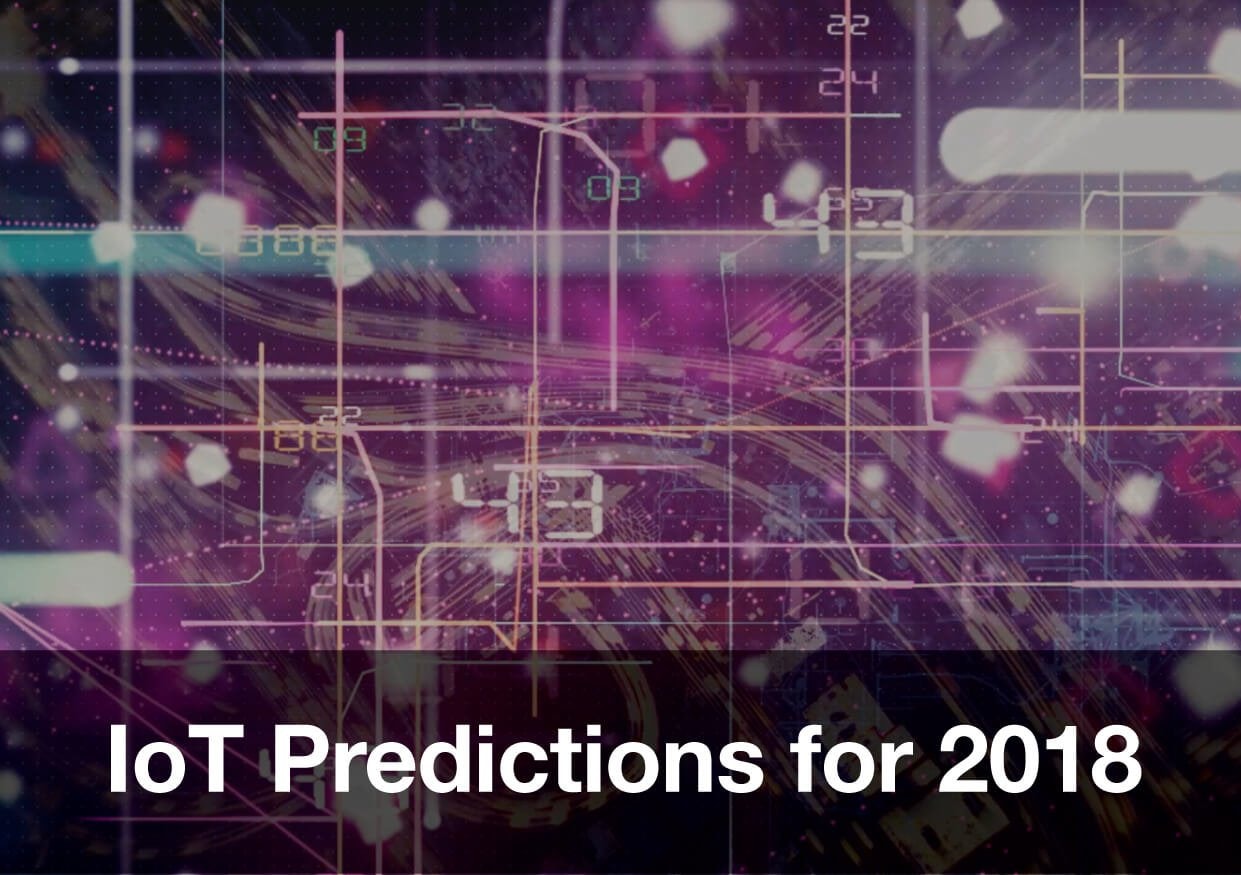IoT Predictions for 2018
It is easy to reflect on the progress IoT has made in 2017, many companies appointed IoT-specific directors; security was highlighted as a crucial issue for improvement; and voice-controlled IoT devices emerged as a popular option among consumers.
2017 was also a big year for Dashboard’s IoT, and to prepare for where the market is going, it is useful to briefly highlight the most prominent IoT predictions for 2018.
Many experts predict that companies offering both IoT intelligence and connectivity will focus on providing smart services as subscription based packages, instead of capitalising on IoT products specifically. This means users will be able to commit to less and avoid a large initial investment, making even the most sophisticated processes more accessible to those who need them.
Spending on IoT has been growing steadily in the recent years, but 2018 is expected to be even more fruitful. According to calculations by IDC, International Data Corporation, this year’s investment into IoT will grow by nearly 15%. This global figure, which was estimated at approximately $674 in 2017, is expected to reach $773 this year.
For their affordable cost and ease of adoption, centralised cloud services were a favourite in 2017. Strategically combining affordability with easy adoption, and splitting analytics across both, resulting in optimal conditions for many users. With more and more businesses taking note of this in 2017, this year is predicted to host more offerings of this kind.
With the 1.3.0 version release of OCF, Open Connectivity Foundation (an industry group whose aim is to develop specification standards, promote a set of interoperability guidelines, and provide a certification program for IoT devices), many devices have the ability to exchange and make use of information. This is particularly beneficial to businesses that want to explore the opportunity of indirect cooperation, which 2018 gives the perfect opportunity for.
With the considerably high speed that IoT is developing at, and how this is expected to continue, there are currently no government-controlled standards or certifications for any of this technology. It is predicted that authorities will create systems for testing and verifying the quality of both new and existing technologies, possibly using AI-powered software.
These five predictions are likely to shape the IoT industry’s future landscape, and Dashboard estimates that they will be the top IoT features in 2018. Reviewing these, and recognising each opportunity, forms a great launchpad for understanding the potential changes within the IoT industry over the coming 12 months.
